QuestionHi, We have a 10 month old border collie mix (spayed Female, named Mora) that we've had since August. Since we got her, we have successfully house trained her except for one situation that we can't seem to figure out which I'll get to in a moment. First of all, she is a one person dog. Even though she will nudge other family members for attention, and will sort of play with them, the only one she has really bonded with is me. When I'm at home, she pretty much stays in the house, in the same room as me but will go out from time to time to relieve herself, or get a drink (she has a doggie door and her water is kept outside). However, when I'm out, she will not leave her pillow in the garage, even when other family members try to coax her to come inside with treats or calling her, she will not budge from the pillow in the garage. When I'm at home overnight she sleeps on a dog bed in our bedroom. However when I'm traveling (not very often) my wife can't get her to come in and she (the dog) sleeps on her pillow in the garage even though she has doggie door access to the house.
So here's the problem. When Mora's been home alone for any length of time over a few minutes, she is very excited when I come home. Tail wagging like crazy, prancing, running up to the person etc. However if I react to her at all, such as talking to her or patting her head or scratching her behind the ears she pee's. We're not talking a dribble, we're talking a full blown load. Sometimes she squats down but as often or not she just let's go without squatting. On occasion, she's asleep on her pillow when I arrive and if I touch her or say hello, she'll pee while still lying down. One time I came home and just touched her flank and pee came out. Then I stopped waited 15 seconds and touched her head, pee again. Again I waited 15 seconds and touched her head, pee again. This repeated 4 times. Each time I touched her, she pee'd.
The same thing happens when anyone else is the first one home. The only difference is that she typically doesn't greet them by getting off of her bed or look excited to see them. However, if they touch her she pee's.
She also will pee if she thinks you're angry at her. For example if she chewed someone's shoe, and you call her name in that "your in trouble" drawn out way (Mooooorrrrra, come), she'll pee.
At this point we don't know what to do. Our vet said that they could give her a hormone shot that they typically use with older dogs that lose bladder control, but he doesn't think it will do anything.
I'm thinking this is more a behavior issue than a medical one. Do you have any ideas about how to deal with this?
Thanks -- Dan
AnswerDear Dan,
Thanks for the question. I tend to agree with you about "more of a behavior issue", however, I should point out that all behaviors have a genetic component.
Many dogs exhibit "one-person" dog behaviors (waiting by the door for one person, velcro to one person, indifferent towards all but one, et cetera) but they do not urinate when greeted.
Here are my thoughts. In addition to unalterable physical or biological or genetic contributors, there are environmental factors that we can modify or manipulate.
It's important to identify if she is exhibiting submissive urination or excitement urination or both. Inclusive descriptions of her body language are better clues for determining which type is occurring than describing situations in which it occurs.
Carefully observing her ear, head, tail positioning and her overall body language coupled with a careful observation of how you are interacting with her are the best methods to determine the root causes.
If she is not actively moving while she eliminates (as in she is standing or sitting or lying OR she is in the process of sitting or lying down), the urination is most likely to be submissive in nature - not excitement. If she urinates when you interact with her via speech, touch or eye contact, it's more likely to be submissive - not excitement.
If she eliminates when she is running to greet you (and you are not interacting via eye contact, touch, verbal greeting), it is more likely to be excitement urination - not submissive. If she is not sitting or lying down and she is not in the process of sitting or lying down AND you are not interacting with her, it is more likely to be excitement urination - not submissive urination.
That being said, my inclination is to diagnose her behavior more as submissive urination than excitement urination. Here are clinical descriptions:
"Submissive Urination (01004X00.4)
Necessary: Urination that occurs in an otherwise housebroken animal only when the animal is exhibiting species-specific postures associated with deferential behavior.
Sufficient: Urination that occurs in an otherwise housebroken animal only when the animal is exhibiting species-specific postures associated with deferential behavior and that is worsened by approaches that solicit such deferential behaviors (e.g., reaching over, rolling over) in an animal that shows no signs of fear or aggression.
Concerns: Any confusion about whether this diagnosis is appropriate can be eliminated by evaluation of this history and concomitant behaviors. Discrete description of the posture in which this behavior occurs improves on the sufficient condition."
Excitement Urination (01004X00.5)
Necessary: Urination that occurs only when the dog is engaged in active behavior and is concomitantly demonstrating physical and physiological signs of excitement (rapid motor activity that may occur vertically and horizontally, high-pitched greeting, panting and salivation associated with open-mouthed, relaxed greeting face) rather than fear.
Sufficient: Urination as above that occurs when the animal is not sitting or lying down, or approaching sitting or lying down, and about which the patient may exhibit no signs of awareness.
Concerns: this diagnosis can be difficult to distinguish from submissive urination, incomplete housebreaking, or intense need for micturition. Better inclusive descriptions of the behaviors, rather than the circumstances in which they occur, should obviate this problem."
Reference -Overall, K., (1997). Clinical Behavioral Medicine for Small Animals. St. Louis: Mosby
Ok, here are some tips -
Teach her to perform a behavior that will focus her attention on something other than the approach of people. Ask her to perform this behavior when you approach. Fetch is a good one. During this treatment period, always approach her with a couple of balls. Before she reaches you and before you touch her, toss the ball for her to chase/retrieve. This will physically orient her away from you and focus her attention on a task that is incompatible with submissive greetings.
Make your approaches less challenging. Turn sideways to her, don't bend over her, don't pat her head, don't touch her, don't speak to her, don't make eye contact - just toss a few tasty food treats on the garage floor, a bit away from you and turn away. Repeat a few times every time you come home and hopefully she will begin to associate your arrival with food treats and she will focus on the treats.
Never scold her or talk to her in a tone which triggers her submission. Start whispering commands - this will take all the harshness out of your voice and will shift her focus on listening well. Do not use NO and never correct her by tugging her leash or raising your voice. If you are using a training collar such as a slip, choke, pinch, martingale, to teach behaviors, discontinue this method of teaching. She's too soft for corrections based training methods. Use a clicker and a reward system to communicate and to motivate.
Start a training program. Teach her some tricks / skills / commands that will engage her towards confident actions (as opposed to tricks like down-stay-rollover) - I already mentioned fetch, spin is another good one, find the xyz is another, touch or target training is another good skill to teach. After her confidence builds, you might introduce her to "shake" where she seeks the touch of your hand with her paw. Speak is another good one to teach.
She may like "herding" a large ball with her nose / muzzle - sort of like playing soccer. This would be relatively easy to teach using a clicker.
Enrich her environment - scatter feed - toss her kibble on the patio or on the kitchen floor - let her find each piece.
Buy a Kong, seal the small opening with duct tape. Place some treats and kibble inside, fill it with water. Place it upright in the freezer and let it freeze. Remove the tape and let her work to get her frozen dinner out of the Kong.
Increase her exercise.
Each person in the household should teach her, spend active time with her and work with her.
Review the quality of her diet. Feed her lower protein foods (senior diet) that do not contain corn products or by-products.
Begin a massage program. Buy the book, Canine Massage: A Complete Reference Manual (Paperback)
by Jean-Pierre Hourdebaigt
OOps, I've spent too much time here - must go work!
Happy Training!
AT

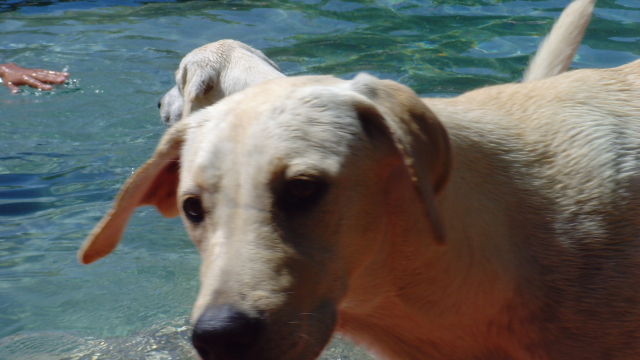 Psychological trauma
Question
Izzy
I recently took my 1 year old dog to a fr
Psychological trauma
Question
Izzy
I recently took my 1 year old dog to a fr
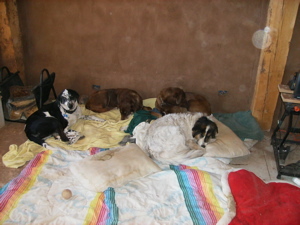 Sudden aggression within pack after a death
Question
Sudden aggression in o
We have an approximatel
Sudden aggression within pack after a death
Question
Sudden aggression in o
We have an approximatel
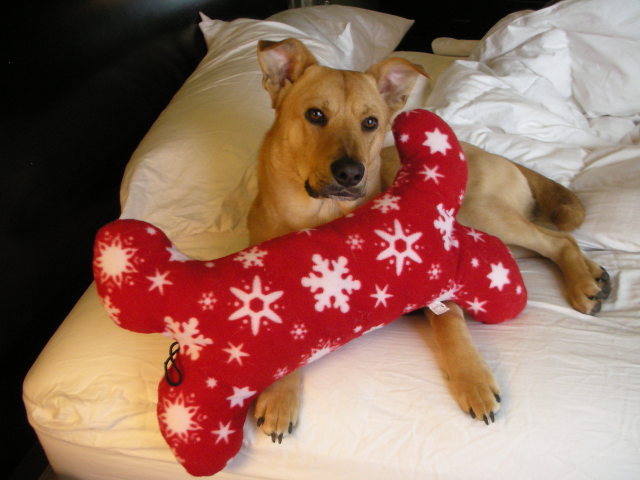 Very Scared Dog
Question
Happy
My dog is 17 months old and is a mixed b
Very Scared Dog
Question
Happy
My dog is 17 months old and is a mixed b
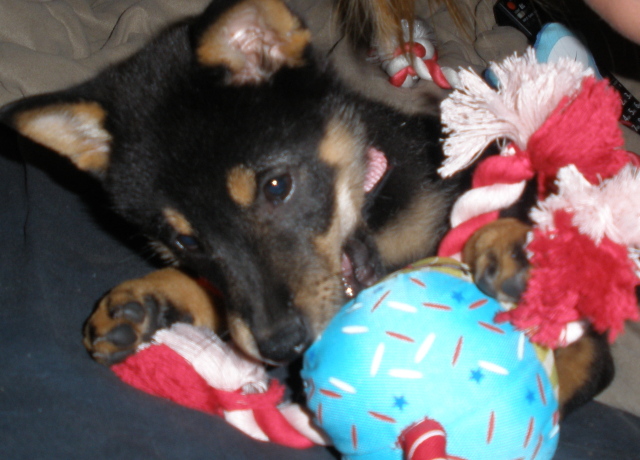 My Shiba Inu
Question
Lola
I bought a registered Shiba Inu puppy fro
My Shiba Inu
Question
Lola
I bought a registered Shiba Inu puppy fro
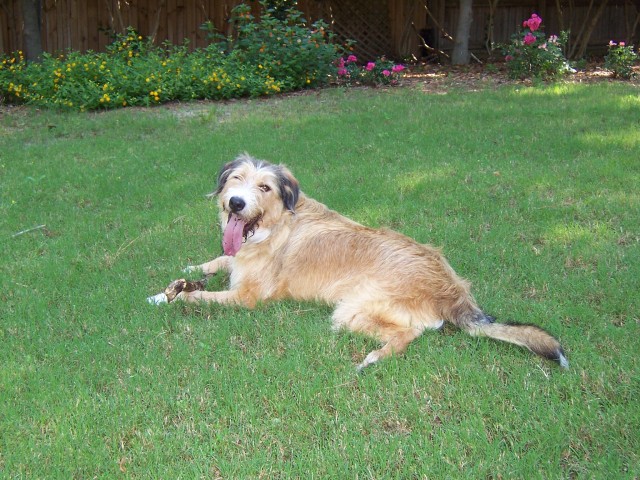 anxious dog
Question
Louie
Hi, We adopted a 2 year old male A
anxious dog
Question
Louie
Hi, We adopted a 2 year old male A